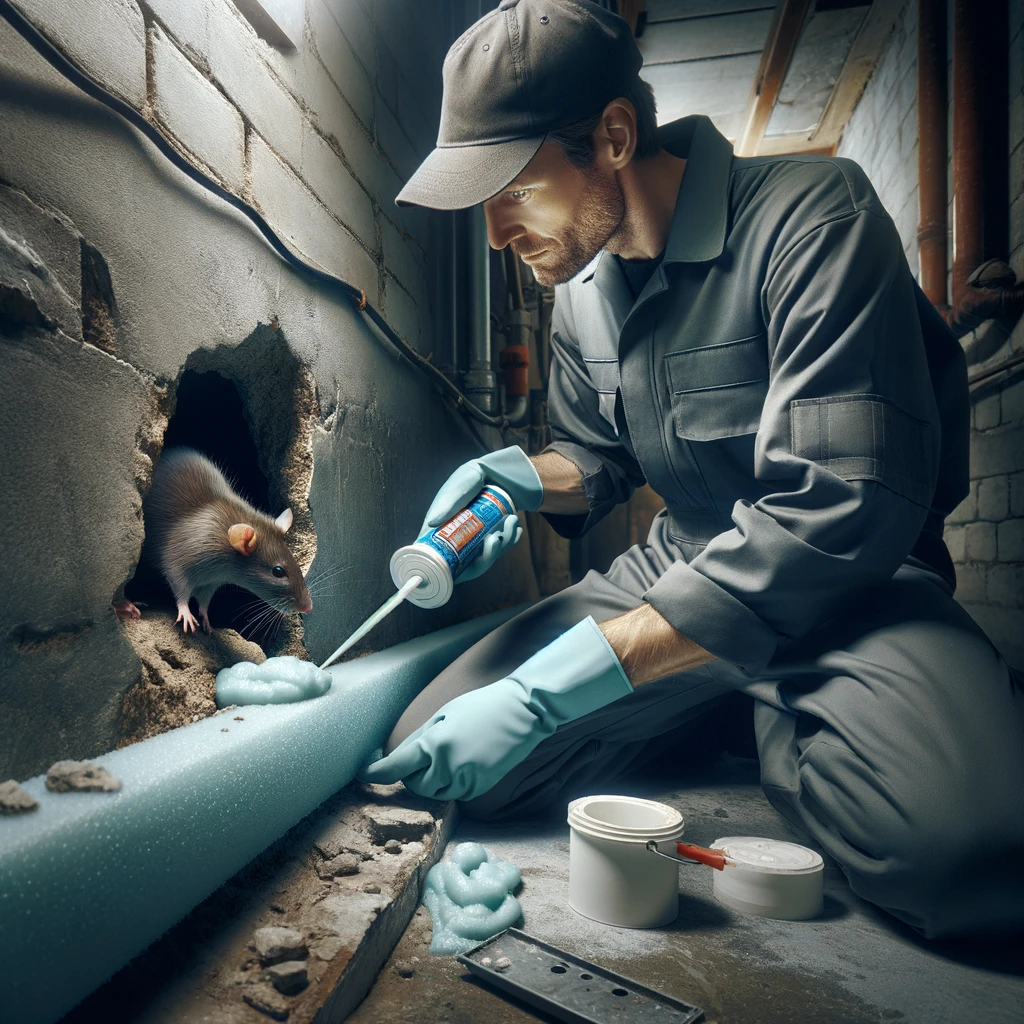
Are you dealing with a rat infestation in your home? Don't panic! This comprehensive guide will walk you through effective ways to set rat traps and get rid of these pesky intruders. By understanding the biology and behavior of rats, as well as implementing strategic trapping techniques, you can successfully eliminate rat infestations and regain control of your living space. Let's dive in!
Rats are common household pests that can cause extensive property damage and carry diseases. To effectively combat a rat infestation, it's crucial to first identify the common rat species in your home. The most prevalent species include the Norway rat, Roof rat, and House mouse. Understanding their habits and preferences will help you devise an appropriate plan of action.
Norway rats are generally larger, brown or gray in color, and prefer to burrow in the ground. Roof rats are smaller, darker, and more agile. They are excellent climbers and tend to nest in higher areas. House mice, on the other hand, are even smaller and can squeeze through tiny gaps to access your living space. Identifying the species will aid in choosing the most effective trapping method.
It is important to note that while Norway rats and Roof rats are more commonly found in urban areas, House mice can be found in both urban and rural environments. Their adaptability and ability to reproduce quickly make them a persistent threat to homes and businesses alike.

Rats are omnivorous, which means they will eat practically anything. However, their preference lies in easily accessible food sources, such as grains, fruits, vegetables, and garbage. By eliminating their food supply, you can discourage them from staying in your home and increase the effectiveness of your trapping efforts.
It is important to properly store food in sealed containers and regularly clean up any spills or crumbs. Additionally, removing clutter and debris from your property will eliminate potential hiding spots and nesting areas for rats.
When it comes to trapping rats, patience is key. Rats are cautious creatures and may initially avoid new objects in their environment. By gradually introducing traps and bait, you can instill a sense of familiarity and increase the chances of a successful capture.
A variety of rat traps are available, including snap traps, live traps, and glue traps. Snap traps are the most commonly used and highly effective when placed correctly. They should be set in areas where rats travel, such as along walls and near their feeding areas.
Live traps are a humane option for those who prefer to release captured rats elsewhere. These traps require careful placement and the use of enticing bait to lure the rats inside. Glue traps, on the other hand, are sticky adhesive surfaces that rats get stuck to upon contact. These traps are useful in areas where you want to avoid hazards associated with other traps.
It is worth noting that when using glue traps, it is important to check them regularly to ensure that rats do not suffer unnecessarily. If a rat is caught in a glue trap, it can be released by applying vegetable oil or a similar substance to the adhesive to free the animal.

Successfully eliminating a rat infestation takes time and perseverance. Rats are intelligent and can learn to avoid traps that have previously caused them harm. It is crucial to be patient and consistently monitor and reset traps until the infestation is completely eradicated.
In addition to trapping, it is also important to seal off any entry points that rats may be using to access your home. This can include sealing cracks in the foundation, repairing damaged vents or screens, and ensuring that doors and windows are properly sealed.
By taking a comprehensive approach that includes identifying the rat species, understanding their dietary habits, employing effective trapping strategies, and practicing patience, you can successfully rid your home of a rat infestation and prevent future occurrences.
Now that you have a good understanding of rat behavior and effective trapping strategies, it's time to focus on trap placement. Placing traps strategically can significantly increase your chances of trapping rats and eliminating the infestation.
When positioning traps, it's important to consider the pathways rats are most likely to travel. Rats predominantly run along walls, so setting traps perpendicular to walls in areas where rats have been observed or where droppings are found can be highly effective.
Additionally, rats tend to follow specific paths known as runways. These runways are often marked by grease and dirt smudges along walls or other surfaces. Placing traps along these runways increases the likelihood of rats encountering the traps.
But what about those hard-to-reach areas where rats seem to be sneaking around undetected? Well, fear not! There are specialized traps designed to fit into tight spaces, such as narrow gaps between walls or under appliances. These traps are a great addition to your trapping arsenal, as they can target those elusive rats and prevent them from causing further damage.
A key aspect of successful trapping is establishing trust with rats. This may sound counterintuitive, but rats are cautious creatures that may avoid unfamiliar objects, including traps. By gradually introducing traps and bait to their environment, you can increase their comfort level and likelihood of a successful capture.
One way to build trust is to start by placing unset traps near areas where rats are active. This allows the rats to become familiar with the traps and associate them with a source of food. Once they are comfortable, you can then set the traps and increase your chances of a successful capture.
There are various bait options available for attracting rats to traps. It's important to use poison-free bait to eliminate the risk of harming other animals or pets. Rat favorites like peanut butter, dried fruit, or even nesting materials like cotton balls can be used to entice rats into traps.
Another effective bait option is using food that rats are already familiar with. If you have noticed rats nibbling on certain food items in your pantry, try using those as bait. By using familiar scents and tastes, you can increase the likelihood of rats being lured into the traps.
Placing traps along walls is a tried-and-true method for trapping rats. Rats are known to scurry along walls, so positioning traps adjacent to their runways will significantly increase the chances of capturing them. Be sure to set traps in areas where you have observed rat activity or where droppings are present.
Additionally, consider placing traps at different heights along the walls. Rats are agile climbers and can easily access higher areas. By placing traps at varying heights, you increase the chances of capturing rats that may be using elevated pathways.
Remember, patience is key when it comes to trapping rats. It may take some time for the rats to become comfortable with the traps and take the bait. Stay vigilant, regularly check and reset the traps, and soon enough, you'll be on your way to a rat-free environment.